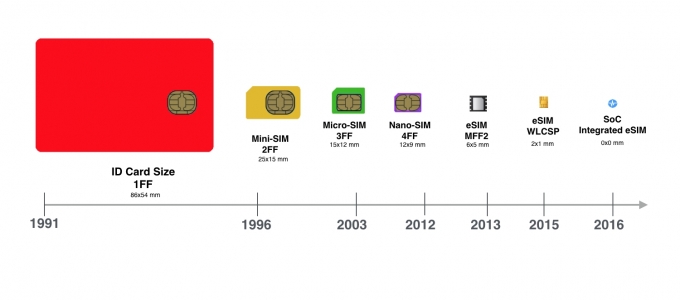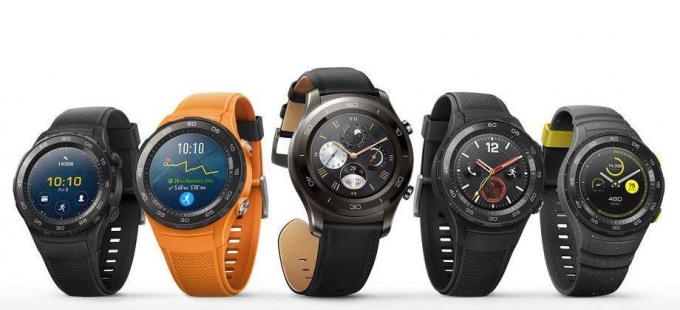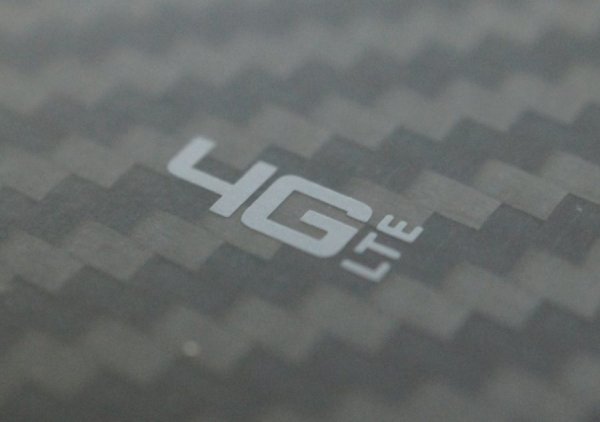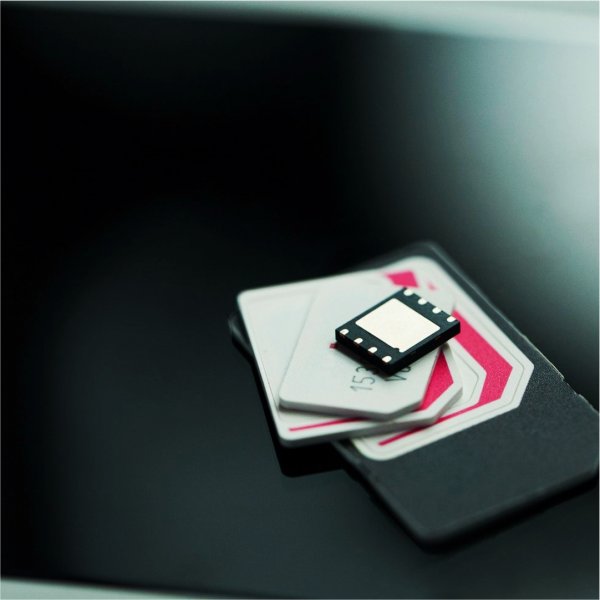
After twenty-odd years of the same technology gluing our mobile lifestyles together, the humble SIM card is finally ripe for a bit of disruption.
Introducing eSIM technology.
The recent Mobile World Congress 2018, hosted by GSMA—the global body that represents the interests of mobile network operators worldwide—discussed this nascent technology’s enormous potential. Now, as the tech proliferates into Sri Lanka, Roar Tech dives into what this latent disruption means for every day end-users.
E Is For Embedded
In the main, an “e” prefix means “electronic”, E-commerce, eSports and, of course, email, to name a few.
This is not the case for an eSIM. Instead the “e” here stands for embedded.
That’s because, first, it’s not electronic.
And, second, the sim is “embedded” into the device. eSIMS are minute and remain in the phone; there is nothing to insert or remove like traditional SIM cards.

The Evolution of the SIM Card. Image Credit: Simless
How Else Does eSIM Differ From Traditional SIM Cards?
A traditional SIM card is directly tied to your service provider, therefore, any change to your service provider requires a physical change to your SIM.
With eSIM technology, however, the embedded SIM is rewritable and compatible with all the major carriers. This will provider consumers with much more mobile-freedom and bring huge benefits to anyone who needs to communicate internationally.
Going International
Normally, anyone going abroad from Sri Lanka—or indeed anywhere in the world—has to either risk incredibly high roaming costs when using their phone internationally, or go through the hassle of sourcing a local provider and purchasing a temporary sim card.
The same applies to visitors arriving in Sri Lanka.
Now, eSIMs are set to resolve this enduring problem of the communications world. eSIMs have the capacity to use multiple profiles and providers, making it super quick and easy to switch to a local network and back again. The whole transaction will be actionable from your device.
This will also reserve the need for people to have two phones: one for personal use and one for business, or, one for home and one for abroad.

Wearable tech like the Huawei Watch 2 is getting much more stylish. Image Credit: slashgear.com
Shaping The Tech Of Tomorrow
As has been the standard in technology for generations, smaller tech is better tech.
Since 2012 the current-norm is the Nano-SIM, 12.30 mm in length and 8.80 mm wide and remarkably smaller than the SIMs in use in the 1990s (the mini SIM) and the 2000s (the micro SIM).
The eSIM’s near non-existent body-size (6 mm in length and 5 mm in width) spells big things for the evolution of how we use our devices.
It could propagate the full adoption of wearables into our day-to-day lives as they can become small enough to be less-conspicuous, and have that bit of extra space for better memory and other essentials.
Furthermore, as eSIM-powered devices do not need to be opened up because the SIM is immovable, wearables and the next gen of smartphone can be made fully waterproof.

Waterproof tech is a bonus for islanders, right? Image Credit: WT VOX
When Can I Start Using eSIM?
Admittedly, it will take some time before eSIMs become the end-user standard. As it is embedded in the device, a new state of the art device is required to subscribe to the new tech. It’s also very unlikely that a smartphones or wearable built before 2017-8 will support eSIM.
eSIM technology has been launched in Sri Lanka via Dialog and through the introduction of the impressive new Huawei Watch 2 smart watch.
Image courtesy: crackberry.com








